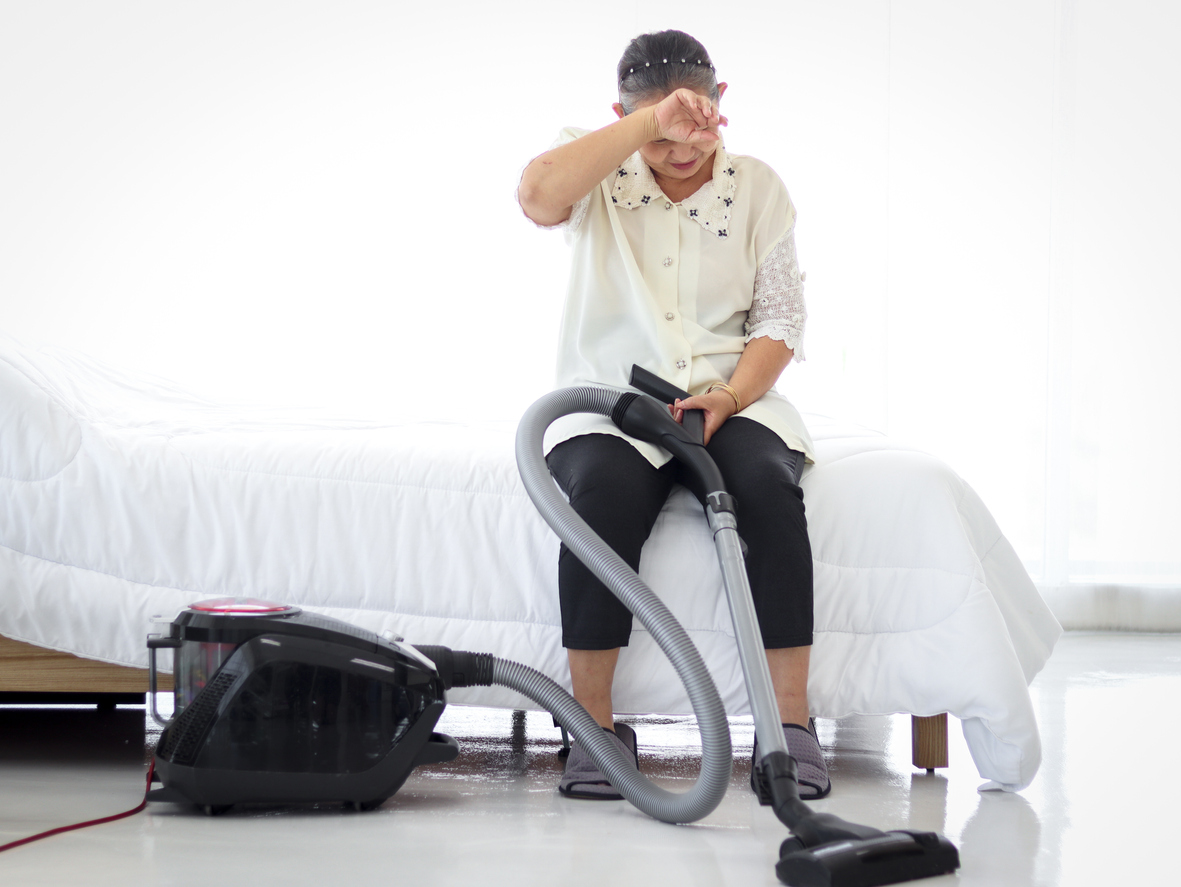Wellness
Tips for Beginning a Walking Routine

Do you find this helpful
Print
Share
Save
Walking is one of the least expensive and easiest forms of physical activity. It only requires a pair of sneakers, a place to walk, and the motivation to begin. Once a walking routine is established, the length and intensity can be modified based on individual goals and abilities.
Benefits of walking
Walking on a regular basis provides many health benefits. Reasons to participate in daily walking include, but are not limited to, the following:
- Prevention of certain conditions (e.g., cancer, stroke, high blood pressure, heart disease, type 2 diabetes, etc.)
- Increased energy levels
- Improved balance and coordination
- Elevated mood
- Sharper memory
- Reduced stress
- Enhanced sleep
- Better memory
- Improved immune system
- Stronger bones and muscles
Tips for beginning a walking routine
It may be difficult to know where to begin a walking routine. Below are six tips to kick-start your new, healthy habit.
- Pencil it in
Not making time for walking is a mistake that many beginners make. It is easy to think you should take a walk. However, without setting aside the time, the day can easily slip away. Determining a designated time for walking helps ensure you do not skip this part of your new routine. - Use the buddy system
Walking with others can make your walk more enjoyable. Not only does it provide social contact, but it also allows for shared accountability. You are more likely to stick to plans you make with another person instead of making them for yourself. - Enlist furry friends
Pet owners can use their four-legged friends as a way to get out of the house and move. Dogs may remind you when it is time for a walk. Those who regularly walk their dogs have a higher likelihood of reaching minimum walking goals, such as 150 minutes per week. - Set goals
Setting goals is important when starting new activities. They can help to ensure you are staying on track and getting what you want out of your new routine. One effective way to set goals is the SMART method. This requires setting goals that are specific, measurable, attainable, relevant, and time-bound. Remember that bigger goals may not be achievable at first. It is recommended to build up to bigger goals over time. - Start small
Be sure to not take on more than can be accomplished. If you begin by walking for one hour before knowing how your body will respond, muscle cramps, exhaustion, or other unfavorable side effects may occur. It is beneficial to begin with shorter activities and slowly increase your walking times. - Consult a health care professional
While walking may help reduce chronic pain, there are cases where it could worsen certain conditions or rest may be recommended for healing. Therefore, a health care professional should be consulted before adding walking into a daily routine. This is especially true if you have high blood pressure, a heart condition, chest pain, or dizzy spells. You should also consult a medical professional if you have been sedentary for over a year, are over the age of 65 and do not exercise, have a medical condition that may impact the ability to walk, or are pregnant.
Additional sources: Verywell Mind and Verywell Fit


















